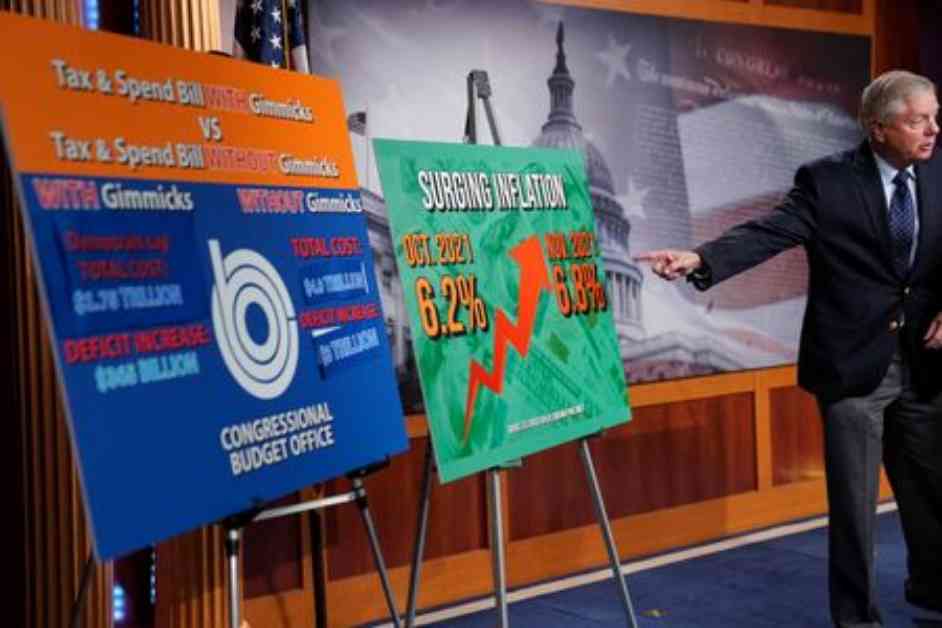The latest update from the Congressional Budget Office (CBO) has projected a significant increase in the U.S. budget deficit for fiscal year 2024. The CBO now estimates that the budget deficit will soar to $1.915 trillion, surpassing last year’s $1.695 trillion gap and marking the largest deficit outside of the COVID-19 era.
This substantial increase in the projected deficit is primarily attributed to higher spending on various fronts. Factors contributing to the rise include increased outlays for student loan relief, Medicaid healthcare for the poor, higher Federal Deposit Insurance Corp costs to address bank failures, and U.S. aid to countries like Ukraine and Israel. These additional expenditures have resulted in a $408 billion increase in the projected deficit compared to the CBO’s previous forecast in February.
It is worth noting that this forecast marks a second consecutive year of significant deficit increases under U.S. President Joe Biden’s administration. In 2022, deficits had fallen substantially as COVID-related spending decreased, but the trend has reversed in recent years. The CBO predicts that the deficit will continue to climb in fiscal year 2025, reaching $1.938 trillion.
Looking ahead to the fiscal years 2025-2034, the CBO has raised its cumulative deficit forecast to $22.083 trillion, up $2.067 trillion from the February projection. The agency also anticipates that debt held by the public will amount to $50.7 trillion by the end of 2034, representing 122% of gross domestic product.
While the CBO’s report includes some positive economic outlook, such as increased real gross domestic product growth and lower unemployment rates, it also highlights concerning trends. The report underscores the challenges posed by higher interest rates and interest costs on the existing debt load, which could lead to additional borrowing and unsustainable fiscal practices.
Experts and advocates for deficit reduction, such as Michael Peterson from the Peter G. Peterson Foundation, have raised alarms about the worsening U.S. debt situation. The CBO’s estimates are based on current tax and spending laws, assuming that individual tax cuts passed in 2017 will expire as scheduled at the end of 2025. However, making these tax cuts permanent could further exacerbate the deficit by an estimated $4 trillion over the next decade.
In conclusion, while the economic projections show signs of improvement in certain areas, the persistent rise in the budget deficit and growing debt levels raise concerns about the long-term fiscal sustainability of the United States. Policymakers and officials will need to address these challenges to ensure a stable and prosperous economic future for the country.













